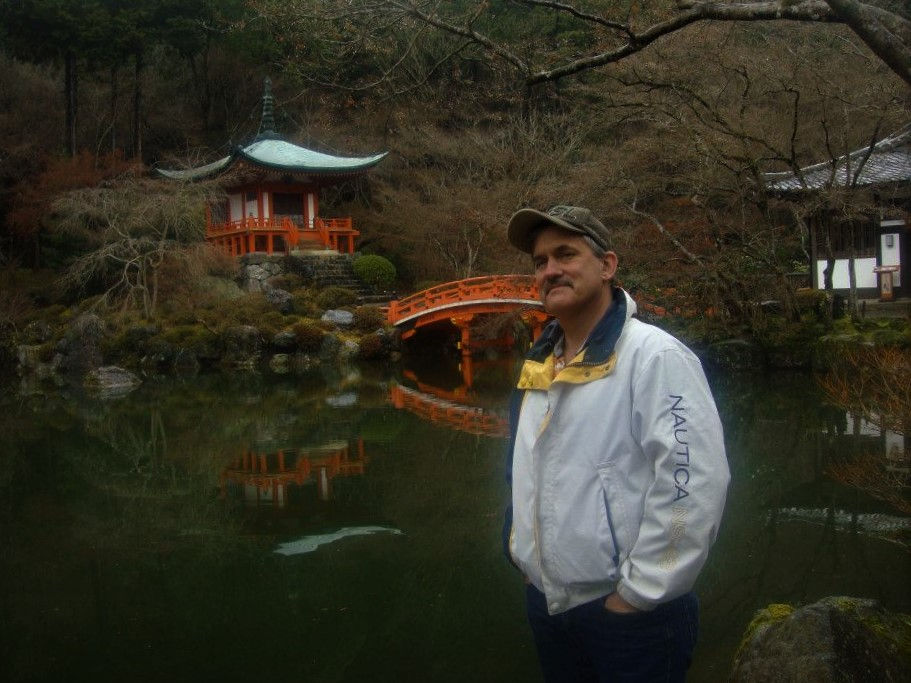Kyoto: Daigo-ji
- Matthew P G

- May 1, 2022
- 2 min read
Updated: Mar 17, 2023

Daigo-ji, Kyoto. January 2012
On our last ever vacation we were in Kansai, Japan and had the rich bounty of Japanese history to choose from for "touristing". Both of us explored the area when we were young and had lived in Japan, so our decisions where to travel were relaxed. We wanted some place easy to reach and nice for photos. How we decided on Daigo-ji, I cannot recall, but it fit our "chilled tourism" criteria. We took the train from Kyoto and then walked to the complex from Daigo Station. It was January and cold. We were the only visitors.
I was in the final stages of denial and side trips like this on our very bizarre vacation in Japan "proved" to me that everything really was just fine and things would normalize again soon. I had no idea what was going through Brian's, at that point, very addled mind. We hardly spoke as we wandered around the silent winter temple. Mostly, we read the sign-boards and took photos. As with all memories of that trip, it was bittersweet. Perhaps seeing it in the bleak January landscape was some sort of foreshadowing of the trials of the coming year.
Daigo-ji was built back in the Heian Period (10th century) and was supported and patronized by the Emperor Daigo. He later abdicated to become a monk there. During one of Japan's many internal conflicts the bulk of the buildings burnt to the ground. Spared, however, was its famous five-story pagoda dating from 951. Japan has old stuff, but more amazing to me was that Japan has wooden old stuff. Of course the building has been maintained over the years, but most of it was original. That pagoda was as old as the oldest parts of the Sri Meenakshi Temple in Tamil Nadu, India [see: Sri Meenakshi Temple] which was made of STONE
Brian and I were like the Daigo-ji complex just before marauding forces came to burn it down - something really beautiful about to be destroyed by uncontrollable outside forces. It was a terrible loss. I, however, was the pagoda. I alone survived the fire.

Comments